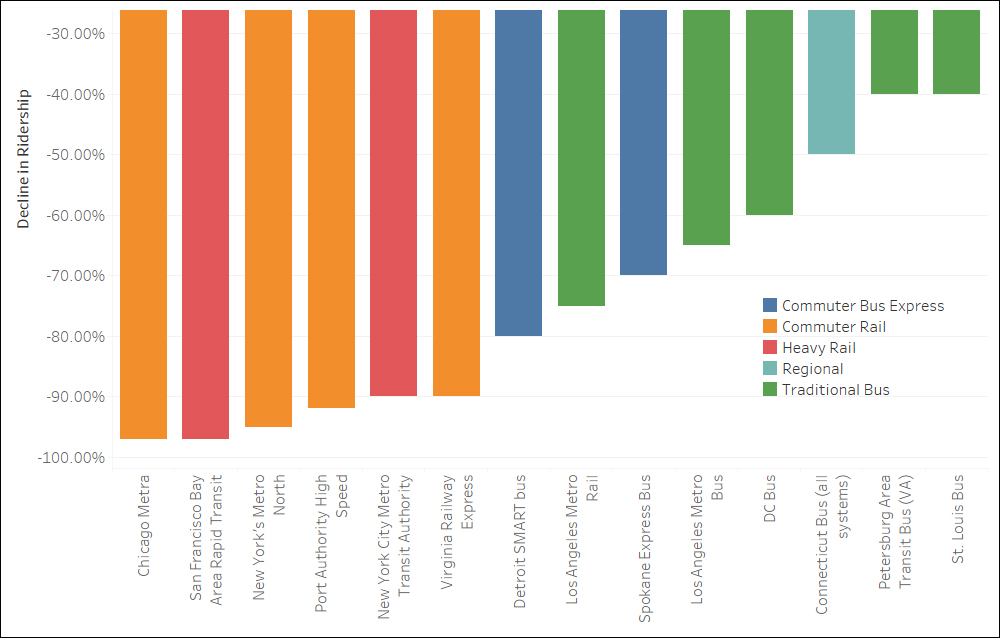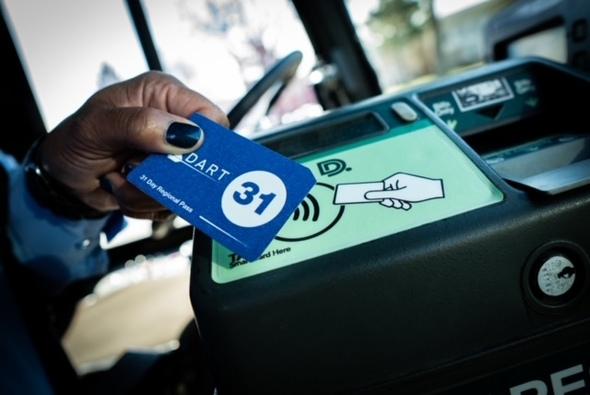As transit riders continue living and adapting to the COVID-19 pandemic, bus agencies and transit advocates are too adjusting their work. To better understand public transit usage across the United States, TransitApp conducted an extensive survey of its app users this past March.
When COVID-19 struck, transit ridership dropped by 77% nationwide.

Although national ridership was down 77%, that means 23% of bus riders remained on the bus. Who are these riders, and why choose public transit during a pandemic? Follow-up analysis suggests the 23% still riding are largely essential healthcare and service industry workers, and largely are lower-income Black women.
During COVID-19, 92% of bus riders are “essential workers” commuting to jobs in health care and food service.

Survey results collected by TransitApp found that white ridership dropped off most steeply.
Riders during the pandemic are “overwhelmingly female” (over 50%) and a majority Black/Latino.
While nationally this trend might seem noteworthy, this matches local experience. Detroit bus ridership has long been mostly Black, working-class individuals.
The ‘essential worker’ profile found in the TransitApp survey mirrors the generations of Detroit women who have always taken the bus to work or to run errands. Public transit for Detroit bus riders is not an occasional or optional service, but often an essential mode of transportation embedded into their day-to-day lives. The bus remains vital for Detroiters, whether their work is labeled “essential” or not. Cutting service, even during COVID-19, creates additional barriers for working individuals and families that can make critical tasks like grocery shopping difficult and frustrating.
TRU urge DDOT and SMART to restore full bus service as quickly as possible!

TransitApp survey data indicates that those still riding in Detroit are the very nurses, administrators, cashiers and clerks that keep metro Detroit functioning during COVID-19. Just as essential riders rely on the bus, we rely on their service and courage.